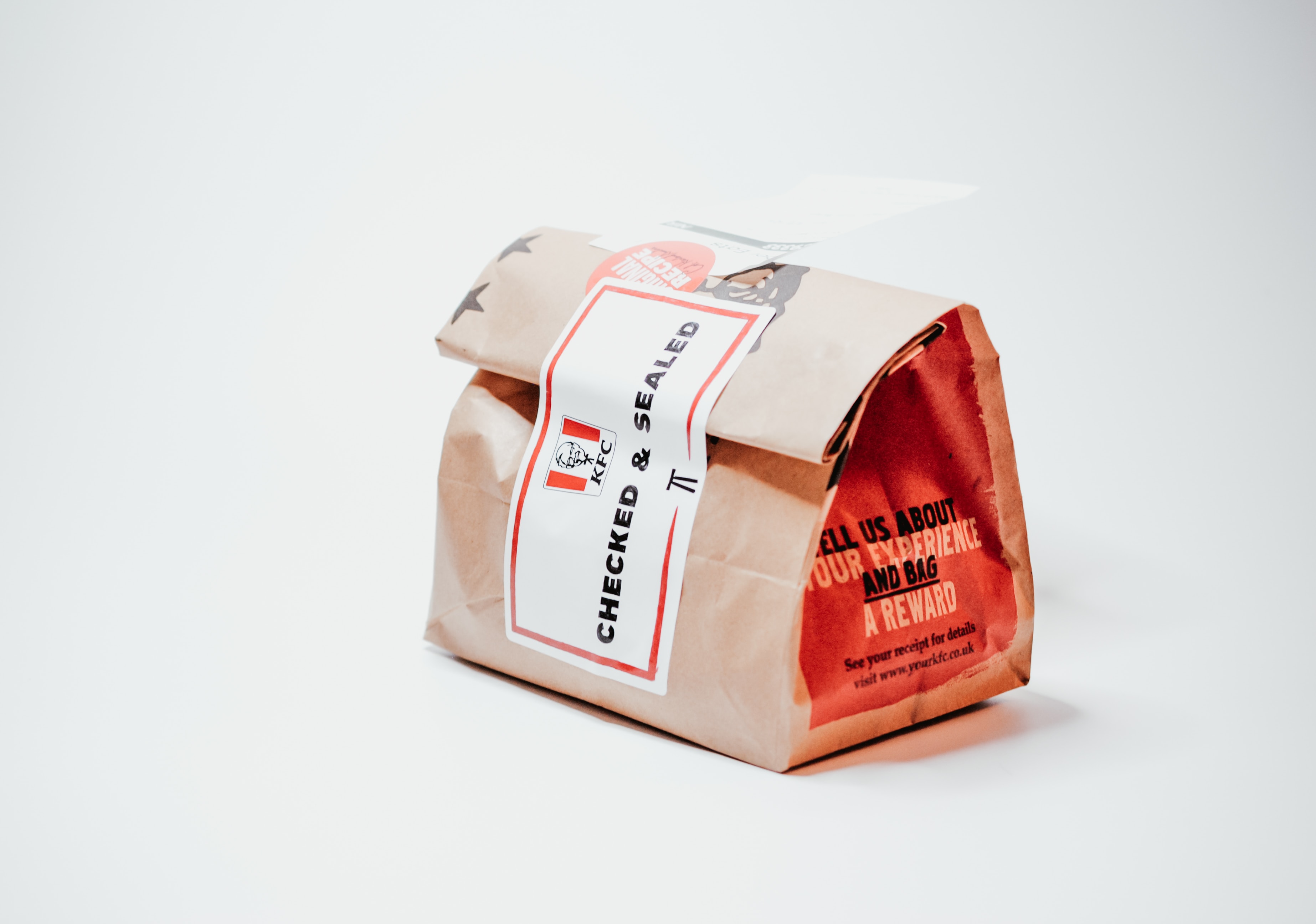Packaging Scrutiny: Unveiling the Art of Discerning Quality and Authenticity

Packaging serves as the first impression of a product, but beyond its aesthetic appeal lies a realm of vital information and authenticity cues.
In this exploration, we delve into the art of packaging scrutiny, guiding consumers on how to dissect packaging to ensure product quality, authenticity, and adherence to ethical standards.1. Material Quality: The Touch and Feel Test
Genuine products often boast packaging made from high-quality materials. Run your fingers over the packaging to assess its texture, thickness, and overall feel. Authentic brands invest in durable materials that reflect their commitment to quality.2. Branding Consistency: Logos, Fonts, and Colors
Examine the packaging for consistent branding elements such as logos, fonts, and colors. Authentic products maintain uniformity in their branding, while counterfeit items may feature discrepancies in these visual elements. Pay attention to details that align with the brand's established identity.3. Holographic Features: A Security Blanket
Many reputable brands incorporate holographic features into their packaging for added security. Look for holographic stickers, labels, or patterns that change appearance when viewed from different angles. These features are challenging to replicate, serving as a safeguard against counterfeiting.4. Barcodes and QR Codes: A Digital Trail
Authentic products include barcodes and QR codes that facilitate tracking and verification. Scan these codes using your smartphone to access information about the product's origin, authenticity, and other relevant details. Counterfeit products may lack these digital identifiers.5. Spelling and Grammar: Language Matters
Typos, grammatical errors, or poorly written content on the packaging can raise red flags. Authentic brands prioritize professional and error-free packaging content. Scrutinize labels, instructions, and any text for linguistic accuracy.6. Packaging Structure: Precision Matters
Examine the packaging structure for precision and attention to detail. Authentic products feature well-constructed packaging that aligns with industry standards. Poorly crafted packaging, such as uneven folds, glue marks, or loose seams, may indicate a lack of authenticity.7. Regulatory Information: Compliance Check
Authentic products adhere to regulatory standards and include necessary information on the packaging. Check for required labels, safety warnings, and regulatory compliance symbols. Counterfeit products may omit or incorrectly display these crucial details.8. Seals and Stamps: Assurance of Authenticity
Look for official seals or stamps on the packaging that indicate authenticity. Many industries use specific seals to certify products' adherence to standards. Genuine products proudly display these seals, while counterfeit items may lack such endorsements.9. Weight and Size: Consistency Matters
Authentic products maintain consistency in weight and size across their packaging. Use a product's listed weight and dimensions as a reference point. Discrepancies in these details may indicate a counterfeit product or potential tampering.10. Eco-Friendly Packaging: Ethical Considerations
Authentic brands increasingly adopt eco-friendly packaging practices. Assess the packaging for environmentally conscious elements such as recyclability, use of sustainable materials, or eco-friendly labels. Counterfeit products may not prioritize these ethical considerations.11. Unboxing Experience: Thoughtful Design
Legitimate brands invest in creating a positive unboxing experience. Analyze the packaging design for thoughtful touches, such as protective layers, branded tissue paper, or additional accessories. Authentic products demonstrate a commitment to delivering a premium consumer experience.In conclusion, packaging scrutiny is a multifaceted process that involves assessing material quality, branding consistency, holographic features, digital identifiers, language accuracy, structural precision, regulatory compliance, authenticity seals, weight and size consistency, and eco-friendly practices.
By honing these skills, consumers can navigate the market with confidence, making informed choices that align with their expectations of quality and authenticity.#PackagingScrutiny #ProductAuthenticity #ConsumerEmpowerment #1knairaInsights
Category African MarketNews Source
Date Posted 1 year ago